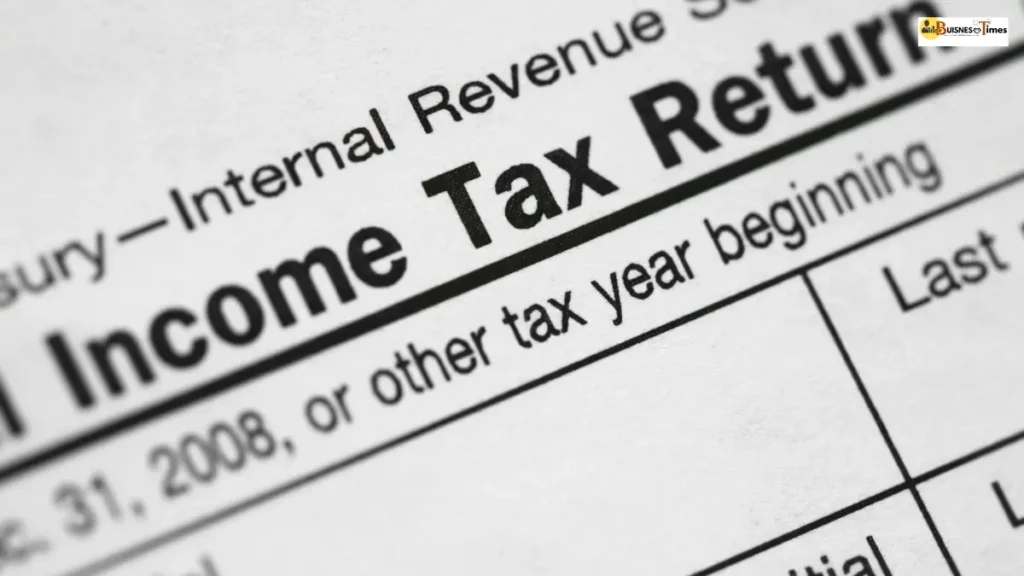India’s financial landscape is witnessing a historic shift as ITR filing trends for AY 2025–26 reveal a remarkable rise in participation from Gen Z investors. With nearly 37 million new demat accounts created in FY 2023–24, and FY 2024–25 already showing stronger momentum, India’s youth is no longer dabbling in small trades—they are committing capital at scale and filing ITRs like never before.

Gen Z Leads the ITR Filing Boom
According to data shared by ClearTax and reported by Business Insider, ITR 3 filings from investors under 25 years of age surged by 600% in 2024. This unprecedented growth highlights how quickly young Indians are taking financial independence seriously. Unlike the older generation, for whom tax filing often meant basic compliance, the new generation views ITR filing as an integral step in wealth creation.
Archit Gupta, CEO of ClearTax, described this as a structural change:
“These young investors are committing significant capital, often for the first time. While the enthusiasm is exciting, many are still learning to balance risk with discipline. Financial education is going to be crucial in the coming years.”
Beyond Casual Investing
Historically, Indian youth hesitated to engage deeply with the stock market. But the latest ITR filing data shows they are not only investing but also declaring earnings (and losses) at scale. Interestingly, while Gen Z reported high enthusiasm, they also reported some of the highest losses among all age groups.
By comparison, the 30–35 age group showed more balanced strategies and consistent returns. This contrast reveals a common financial trajectory—young investors chase aggressive growth while older investors lean toward steady preservation.
Retention and Long-Term Commitment
The tax-filing retention trend further strengthens the narrative. In 2024, ITR 3 filers recorded a retention rate of 91.6%, and by mid-2025, retention is already at 68%. This means once young investors start ITR filing, they rarely drop out.
Additionally, new users filing ITRs grew by 58% year-on-year, proving that India’s Gen Z is likely to remain engaged in the formal economy. The only challenge lies in guiding them with tools, platforms, and advisors who can transform enthusiasm into long-term wealth creation.
Tax Filing Deadlines for AY 2025–26
For the ongoing assessment year, the last date of ITR filing has been extended:
- 15 September 2025 – For individuals and non-audit taxpayers (extended from 31 July).
- 31 October 2025 – For businesses requiring audit.
- 30 November 2025 – For entities with international transactions.
- 31 December 2025 – Final deadline for belated or revised returns under Section 139(5).
Missing the last date for filing ITR could cost taxpayers up to ₹5,000 in penalties, along with additional interest on unpaid tax dues. Refund delays are also common if deadlines are missed.
Importantly, the Income Tax Department has clarified that no further extension will be given beyond 15 September 2025.
Rise of ITR Filing Among New Investors
The surge in ITR filing is directly linked to India’s capital market boom. With demat accounts crossing record levels, financial compliance is becoming a necessity rather than an option.

Young investors are realizing that ITR filing is not just about fulfilling legal obligations—it also helps in securing easier credit approvals, applying for visas, and building a credible financial track record.
ITR Filing and New Challenges
However, the rise has not been without issues. Recently, the income tax department acknowledged sending erroneous ITR notices to taxpayers, sparking concern among young filers. While the department has promised corrective measures, such instances underline the importance of double-checking all details before submitting.
Tax professionals also note an increase in ITR reassessment cases under specific sections, especially for traders who engage in high-frequency or intraday transactions.
Understanding ITR: What Young Filers Need to Know
For first-time filers, it’s crucial to understand what is ITR and its different types. The ITR full form is Income Tax Return, and there are multiple forms depending on the type of income earned. For example:
- ITR 1 (Sahaj): For individuals with income up to ₹50 lakh from salary, pension, or one house property.
- ITR 2: For individuals with income from capital gains.
- ITR 3: For individuals earning from business, profession, or trading in stock markets.
- ITR 4 (Sugam): For presumptive income taxpayers.
Since Gen Z investors are primarily engaging in stock market trades, ITR 3 filing has seen the highest surge among them.
Why Timely ITR Filing Matters
For new investors, missing the ITR filing last date for FY 2025–26 can have multiple consequences—penalties, delayed refunds, and even complications in securing financial services. Timely filing not only avoids penalties but also ensures compliance with the system, which is critical for long-term financial planning.

Also Read | SEO Strategies in Crisis? Powerful Ways to Win in the AI Search Era
Moreover, declaring trading profits and losses transparently through ITR filing allows investors to carry forward losses, which can be adjusted against future profits, reducing tax liabilities.
Final Word
The ITR filing surge for AY 2025–26, especially among Gen Z, signals a massive generational shift in India’s financial participation. While enthusiasm is at an all-time high, it must be paired with education, structured risk-taking, and discipline. If guided properly, these new investors could shape India’s capital markets for decades to come.
Disclaimer
This article is for informational purposes only. Readers are advised to consult a tax professional or the Income Tax Department for personalized guidance before making financial or compliance-related decisions.

